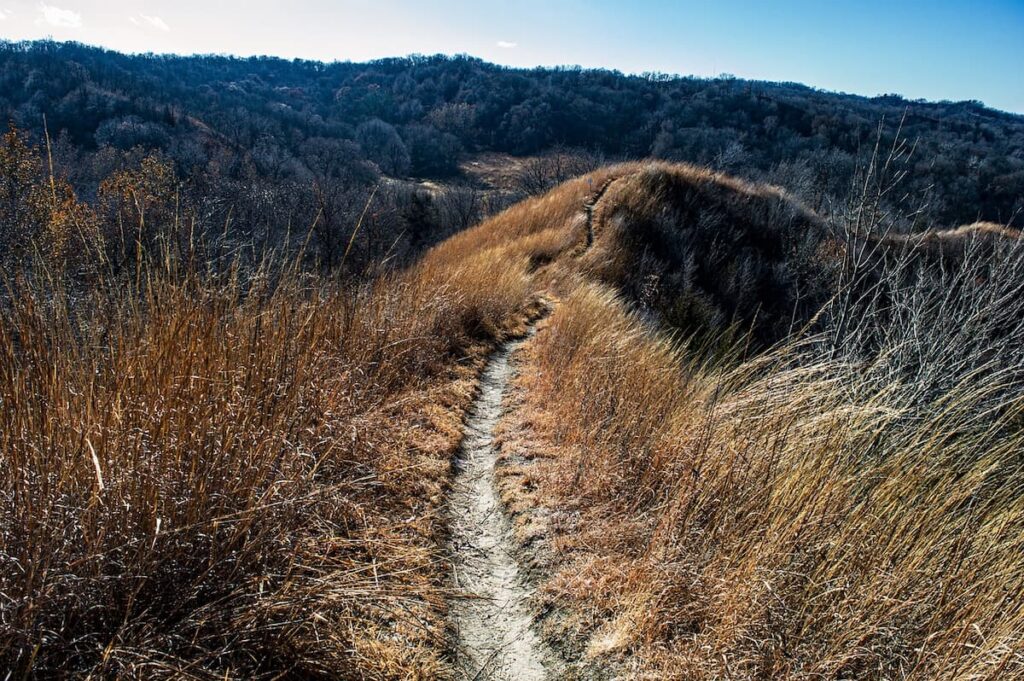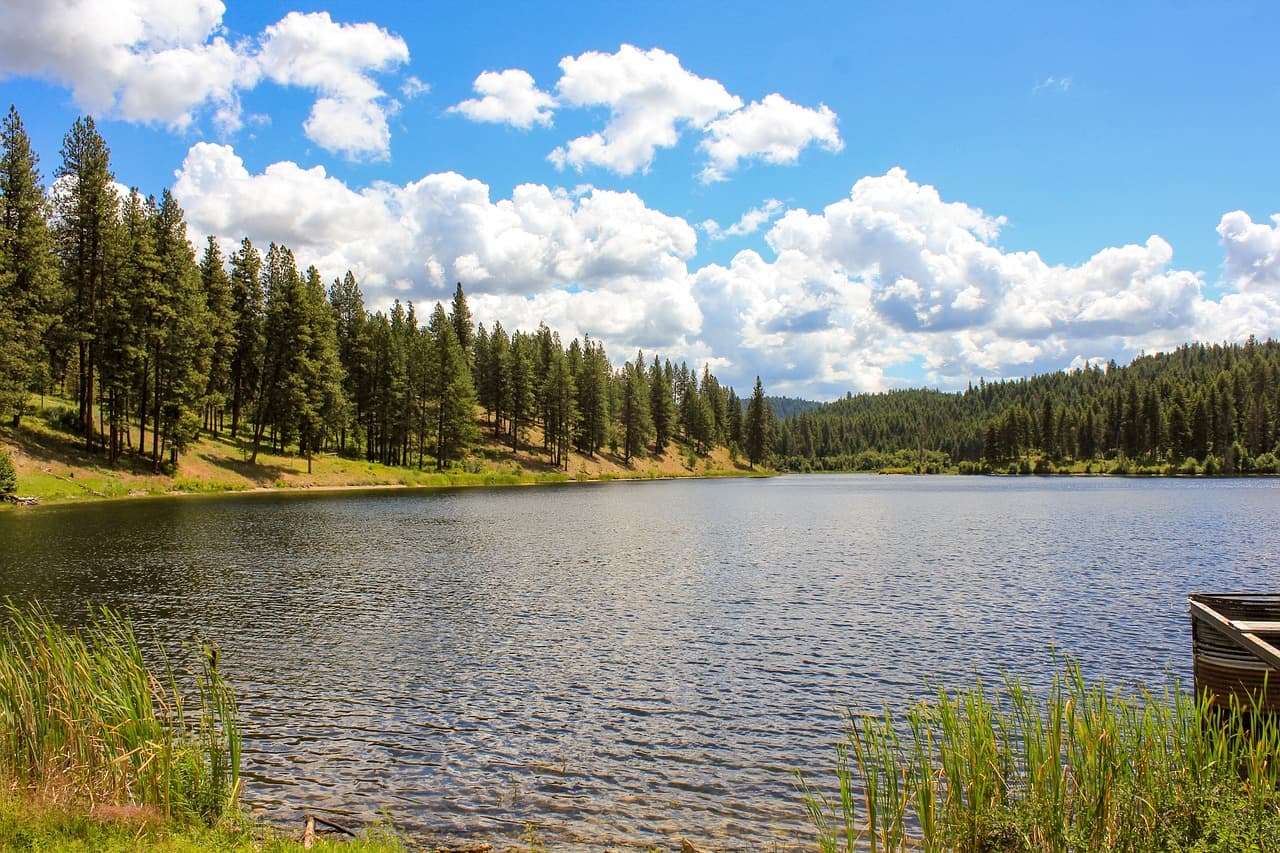In an era where screens dominate, fostering a connection between children and the natural world is more important than ever. Wildlife refuges across America stand as sanctuaries for families seeking immersive experiences that go beyond the conventional. This article celebrates the family-friendly adventures awaiting in wildlife refuges, emphasizing activities, educational programs, and opportunities that ignite a love for nature in the hearts of the youngest adventurers.
Engaging Activities for All Ages
Wildlife refuges aren’t just for the seasoned naturalist; they are playgrounds for children to discover, explore, and learn. Many refuges have tailored their offerings to cater specifically to families. From nature trails adorned with interactive exhibits to wildlife observation stations strategically placed for optimal viewing, these refuges aim to captivate the attention of both the young and the young at heart.
Exploring Nature Trails: Wildlife refuges boast a network of family-friendly nature trails, each offering a unique glimpse into the local ecosystem. These trails often feature informational signage, engaging young minds with facts about local flora and fauna. Trail walks become exciting scavenger hunts, encouraging kids to spot different bird species, identify plant life, and connect with the natural world.
Interactive Learning Stations: Wildlife observation doesn’t have to be passive. Many refuges set up interactive learning stations along trails, providing hands-on experiences for children. From touch-and-feel exhibits to educational games, these stations transform the refuge into an outdoor classroom, sparking curiosity and learning through play.
Junior Ranger Programs: A number of wildlife refuges offer Junior Ranger programs designed to immerse children in the world of conservation. These programs typically include guided tours, nature crafts, and educational sessions where kids can earn Junior Ranger badges by completing activities that connect them with the refuge’s unique environment.
Educational Programs: Planting Seeds of Knowledge
Beyond recreational activities, wildlife refuges prioritize educational initiatives to instill a sense of wonder and understanding about the natural world. These programs often feature guided tours, workshops, and presentations led by knowledgeable staff and experts.
Guided Nature Walks: Guided nature walks provide families with an opportunity to explore the refuge alongside experienced naturalists. These walks are not only informative but also interactive, allowing kids to ask questions and learn about the plants, animals, and ecosystems that make each refuge special.
Workshops and Demonstrations: Many wildlife refuges organize workshops and demonstrations aimed at children. Whether it’s bird watching, animal tracking, or nature-inspired arts and crafts, these hands-on activities foster a deeper connection between kids and the environment.
Wildlife Talks and Presentations: Educational presentations bring wildlife to life for young audiences. Refuge staff or guest speakers often share fascinating insights into the lives of the animals that call the refuge home, sparking a sense of awe and appreciation for the wonders of nature.

Connecting with Nature: Hands-On Opportunities
For families seeking more immersive experiences, wildlife refuges present unique opportunities for kids to actively engage with nature, fostering a sense of responsibility and stewardship.
Wildlife Habitat Restoration Projects: Some wildlife refuges involve families in habitat restoration projects, allowing kids to actively contribute to the preservation of the environment. Planting native species, building birdhouses, or participating in cleanup efforts instill a sense of responsibility for the well-being of the refuge.
Bird Watching Adventures: Bird watching is an accessible and rewarding activity for families. Wildlife refuges often provide families with binoculars and bird identification guides, turning a simple walk into an exciting bird-watching adventure. Kids can learn about different bird species and their behaviors while developing patience and observation skills.
Outdoor Camping and Stargazing Events: To extend the nature experience, some wildlife refuges organize family camping trips or stargazing events. These activities not only immerse families in the beauty of the natural world but also create lasting memories under the night sky.
Conclusion
Wildlife refuges serve as invaluable gateways to nature, offering families a unique blend of recreation, education, and hands-on experiences. From nature trails and interactive learning stations to guided programs and immersive activities, these refuges cater to families seeking meaningful connections with the environment. By providing children with opportunities to explore, learn, and actively engage with nature, wildlife refuges play a crucial role in nurturing the next generation of environmental stewards. The memories created within these natural havens are not just momentary adventures but seeds planted for a lifetime of appreciation and care for our planet.


